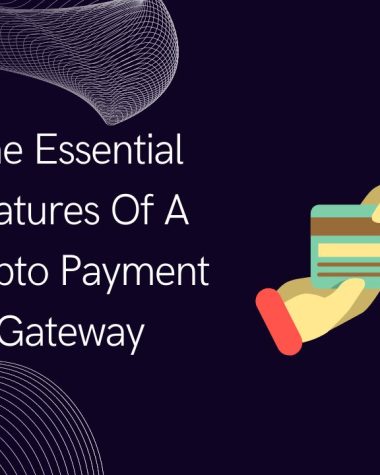What Exactly Is Cross-Chain Compatibility?
Cross-Chain Compatibility, When discussing blockchains, interoperability refers to a blockchain’s ability to easily exchange data with other blockchains. Smart contracts on several chains may communicate with one another thanks to cross-chain interoperability, which eliminates the need to transfer tokens between them. That’s called what exactly is cross-chain compatibility.
For instance, a blockchain can be used to document assets, services, and transactions. With the correct interoperability solution, any activity that occurs on one blockchain may be represented on another. This means that independent of the blockchain on which they are running, programs can use any asset or service.
What Justifies the Need for Interoperability?
Today’s blockchains are in a situation like that of the early internet: numerous isolated ecosystems are unable to communicate information.
A major barrier to the widespread use of blockchain technology is the absence of interoperability and connection, which prohibits the seamless transfer of data and value across various networks.
For instance, it might be necessary to develop a decentralized exchange (DEX) DApp on each of the Polygon, BNB Chain, and Ethereum networks separately. Each DApp version becomes isolated as a result.
Solutions for Cross-Chain Interoperability
As developers create technologies that make it simpler to connect to and move data and value across numerous networks, cross-chain connectivity is advancing. This may open up new avenues for developing blockchain applications that are integrated and easier to use.
Different methods can be used to enhance cross-chain interoperability. Here, we provide a few illustrations to illustrate a variety of approaches.
Chainlink
The Cross-Chain Interoperability Protocol (CCIP), an open-source standard for enabling cross-chain communication, including messages and token transfers, is being developed by Chainlink. Through the use of a standardized interface, CCIP seeks to facilitate global connectivity between hundreds of blockchain networks. It might make the development of cross-chain services and applications less difficult.
Wormhole
A general interoperability mechanism called the Wormhole protocol enables the transmission of coins and messages between various blockchain networks. A network of guardians monitors messages on a source chain and helps to validate and speed up transfers to target chains. Wormhole allows developers to create apps or cross-chain decentralized applications.
LayerZero
With adjustable trustlessness, LayerZero is an omnichannel interoperability protocol for lightweight message transit between blockchains. It offers secure and reliable message delivery.
Smart contracts called LayerZero’s ultra-light nodes (ULN) offer block headers from other bridging chains to increase efficiency. The smart contract talks with an oracle and a relayer through the LayerZero endpoint, and the ULN is only ever triggered when it is requested. This approach makes cross-chain communication simple and effective.
Hyperlane
Hyperlane is a distributed proof of ownership (PoS) chain system that uses programmable consensus techniques to authenticate and secure cross-chain communication. Each validator in the Hyperlane network is in charge of validating each chain that Hyperlane is linked to, ensuring that cross-chain communication is correct and safe.
FAQS:
Why is cross-chain compatibility crucial?
Interoperability is facilitated by cross-chain architecture, which enables two or more blockchains to trade off their efficacy, decentralization, feature set, and security. This can increase the effectiveness of the chain, lessen fragmentation, and make it easier for users and features to move between different blockchains.



